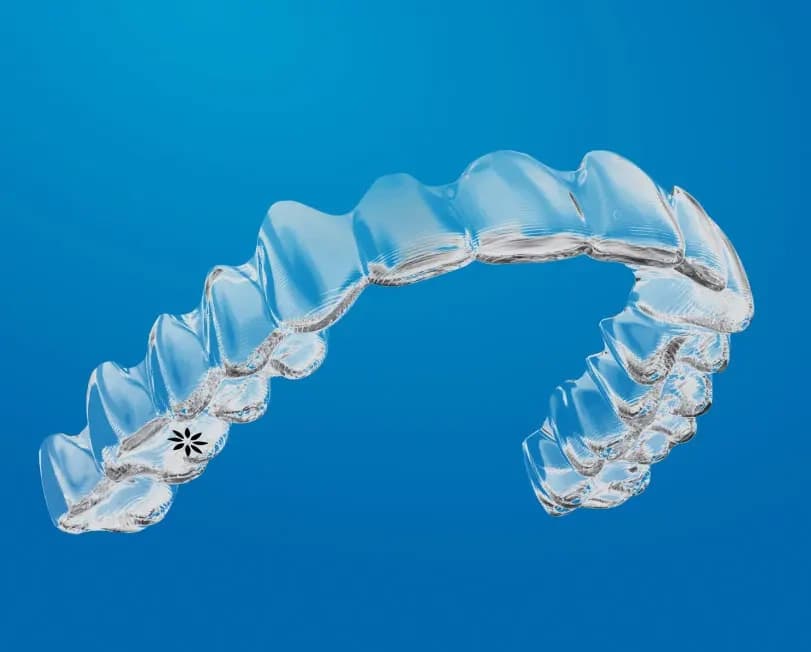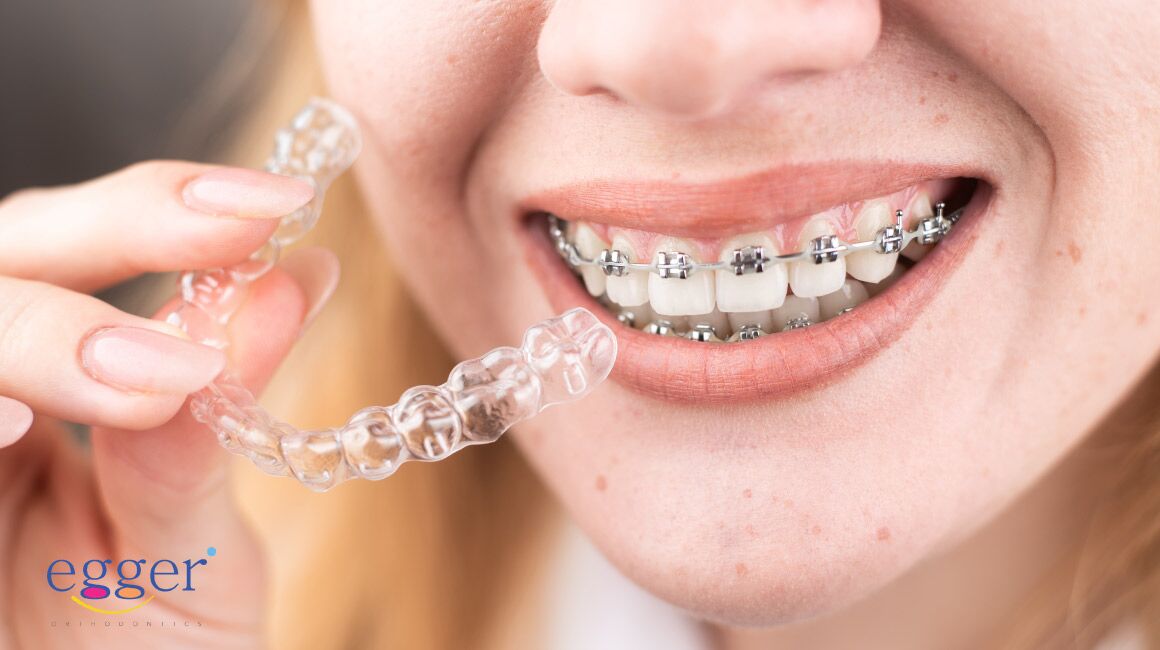Frequently Asked Questions Concerning Invisalign: Everything You Need to Know
Frequently Asked Questions Concerning Invisalign: Everything You Need to Know
Blog Article
Invisalign vs. Conventional Dental braces: Which Alternative Is Right for You?
When considering orthodontic therapy, the option between Invisalign and typical dental braces offers numerous vital elements that warrant careful assessment. Invisalign provides a discreet choice with detachable aligners, while typical dental braces give an extra visible yet effective service for serious misalignment. Each choice incorporates distinctive benefits and disadvantages associated to aesthetic appeals, convenience, therapy duration, and price. Comprehending these nuances is crucial for making a notified decision that straightens with your individual preferences and way of life. The question continues to be: which alternative will ideal fulfill your orthodontic demands and expectations?
Review of Treatment Alternatives
In comparison, traditional dental braces contain metal braces and cords that are bound to the teeth. This technique applies continuous pressure with time to attain positioning. While effective for intricate orthodontic issues, typical braces call for routine check outs for adjustments and can pose challenges in keeping oral health because of the trouble of cleansing about brackets and wires.
Both options have their qualities, and the option commonly depends upon details oral problems, way of living preferences, and person conformity. Ultimately, seeking advice from an orthodontic expert is crucial for establishing the most suitable treatment plan customized to individual demands. Comprehending the nuances of each option can considerably affect the general success of orthodontic treatment.
Aesthetic Factors To Consider
A substantial factor influencing the option in between Invisalign and typical dental braces is the aesthetic charm each therapy offers. Invisalign aligners are crafted from clear plastic, making them virtually unnoticeable when used. This very discreet look is specifically interesting teens and grownups who might feel uncomfortable regarding their orthodontic therapy. The capacity to preserve an all-natural smile throughout the alignment process can substantially improve the person's confidence in social and expert setups.
On the other hand, traditional braces contain metal braces and cables, which can be much more recognizable. While advancements in orthodontic modern technology have actually caused the growth of smaller brackets and tinted elastics, standard braces still maintain an even more noticeable account. For some individuals, the visibility of braces may discourage them from seeking essential treatment.
Eventually, the choice between Invisalign and conventional dental braces might pivot on personal preferences relating to visual appeals. Clients that focus on discernment usually lean towards Invisalign, while those who are much less worried about presence might go with traditional braces. Understanding the aesthetic implications of each choice is critical for making an educated choice that lines up with one's lifestyle and choices.
Comfort and Convenience

In terms of ease, Invisalign aligners are removable, allowing individuals to enjoy their favorite foods without restriction and maintain optimum oral hygiene. Brushing and flossing are streamlined, as the aligners can be secured during these routines, whereas typical dental braces call for mindful steering around wires and brackets.
Furthermore, Invisalign's modern system enables for fewer orthodontic visits. Individuals typically receive multiple sets of aligners simultaneously, which can streamline the therapy process and reduce time spent in the orthodontist's chair. On the other hand, standard braces demand regular changes, making them less hassle-free for those with hectic timetables. Invisalign. Overall, the comfort and ease of Invisalign make it an enticing option for several individuals looking for orthodontic therapy.
Therapy Duration and Performance
While both Invisalign and conventional dental braces are reliable in dealing with oral imbalances, the duration of therapy can vary substantially between both options. Generally, Invisalign therapy can take anywhere from 12 to 18 months, depending upon the complexity of the instance. The clear aligners function by gradually changing teeth into their preferred settings, and regular follow-ups with an orthodontist help make sure progress remains on the right track.
In comparison, traditional dental braces often require a longer dedication, generally varying from 18 months to three years. This is due to their fixed nature and using cables and brackets, which can be much more reliable for serious imbalances and complex instances (Invisalign). The therapy performance of typical braces is well-documented, as they allow for accurate modifications and greater control over tooth activity
Eventually, the selection in between Invisalign and traditional braces may depend upon both the expected therapy period and the specific oral issues available. Consulting with an orthodontist is click here for info critical, as they can provide tailored referrals based upon specific requirements, making certain the selected method lines up with wanted outcomes and durations.
Cost Comparison and Insurance Options
Expense plays click here for more a substantial role in the decision-making procedure for individuals thinking about orthodontic therapy, whether going with Invisalign or typical braces. Generally, the expense of Invisalign varieties from $3,000 to $8,000, while conventional braces generally cost in between $2,000 and $6,000. Aspects influencing these prices consist of the complexity of the instance, the period of therapy, and geographical area.
Lots of dental insurance coverage strategies give partial coverage for orthodontic treatments, yet the specifics can differ widely. Generally, typical dental braces may be a lot more often covered by insurance policy strategies compared to Invisalign, which some insurance firms categorize as a cosmetic procedure.
Furthermore, numerous orthodontic practices provide adaptable payment strategies, making both therapy alternatives more easily accessible. People should inquire about potential financing options and discount rates for ahead of time payments. Evaluating the complete price, consisting of insurance advantages and layaway plan, is necessary for making an educated choice that straightens with both visual choices and spending plan factors to consider.

Final Thought
In recap, the choice between Invisalign and traditional dental braces rests on numerous factors, including aesthetic preferences, convenience, therapy duration, and expense. Invisalign provides a very discreet, removable alternative that helps more tips here with oral health and nutritional flexibility, while standard dental braces may be preferable for complicated oral concerns and usually come with a lower cost factor. Inevitably, consultation with an orthodontist is crucial to evaluate specific scenarios and determine one of the most appropriate treatment alternative for attaining ideal oral alignment.
When taking into consideration orthodontic therapy, the option between Invisalign and traditional dental braces provides several crucial factors that warrant careful evaluation.Comparing Invisalign and conventional dental braces reveals distinctive therapy choices for orthodontic modification.While both Invisalign and typical braces are efficient in remedying dental imbalances, the duration of therapy can vary considerably in between the 2 options.Expense plays a considerable function in the decision-making process for individuals considering orthodontic treatment, whether opting for Invisalign or standard braces.In summary, the choice between Invisalign and conventional braces pivots on several variables, consisting of aesthetic choices, comfort, therapy period, and price.
Report this page